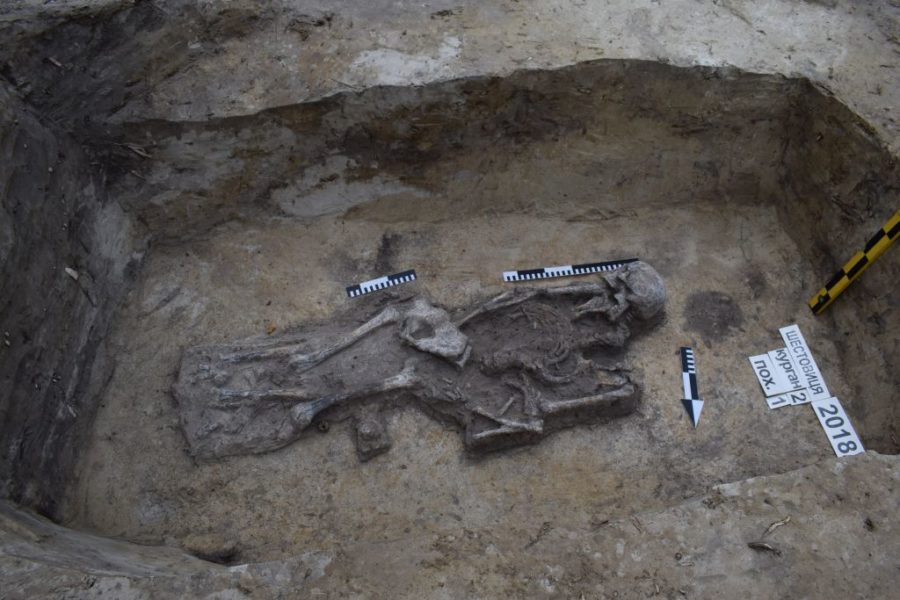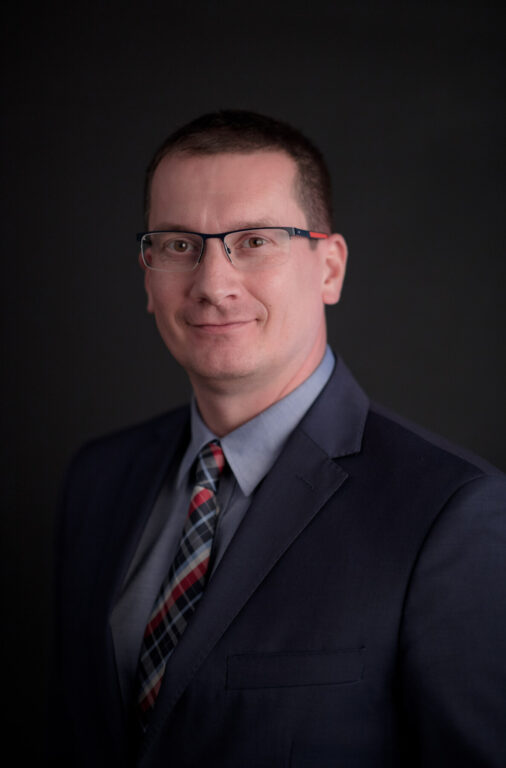
prof. Hubert Kowalski
e-mail:
hkowalski@adm.uw.edu.pl
duty hours:
Tuesday 13:15 – 14:30
Wednesday 10:00 – 11:30
bibliography:
Hubert Kowalski

prof. Hubert Kowalski
e-mail:
hkowalski@adm.uw.edu.pl
duty hours:
Tuesday 13:15 – 14:30
Wednesday 10:00 – 11:30
bibliography:
Hubert Kowalski
Elżbieta Roszyk, MSc
Biblioteka Wydziału Archeologii
e-mail:
w.roszyk@uw.edu.pl
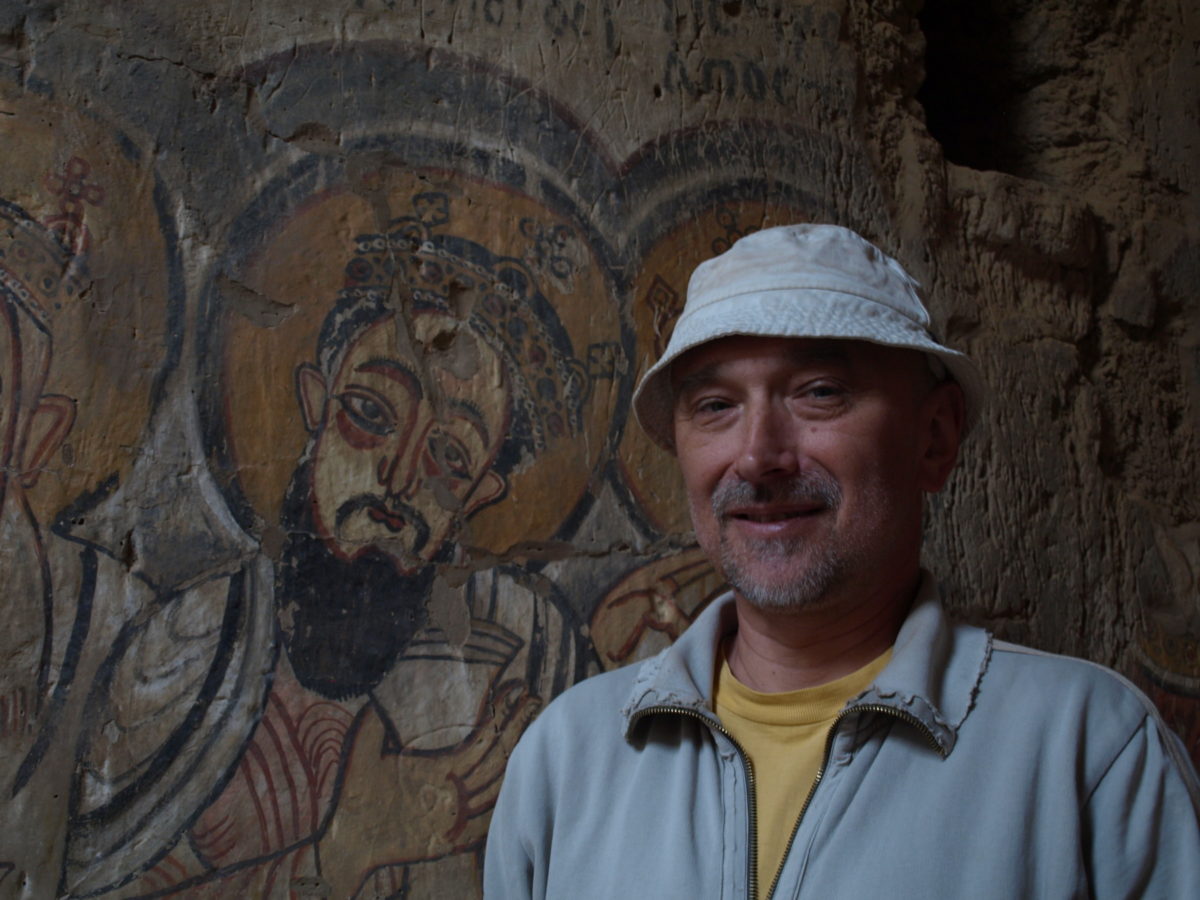
prof. dr Adam Łajtar
Chair of Epigraphy and Papyrology
e-mail:
a.lajtar@uw.edu.pl
duty hours:
Monday 13.00–16.00, room 3.15
Thursday 13.00–16.00, room 3.15
research interests:
– Greek epigraphy with a focus on inscriptions from the Eastern Mediterranean (Asia Minor, Palestine, the Nile Valley) dated to the Hellenistic, Roman, and medieval periods
– Greaco-Roman Egypt, with a focus on religion
– Christian Nubia
bibliography:
Adam Łajtar
research grants:
– 2017–2019: Wall Inscriptions in Banganarti Churches. Contribution to the Study of the Society and Culture of Christian Nubia; National Science Centre, grant no. UMO-2016/21/B/HS3/00930
– 2009–2015: A Study of Greek and Latin Papyri from Qasr Ibrim from the Augustan Period discovered during the British excavations in the years 1963–1988; National Science Centre
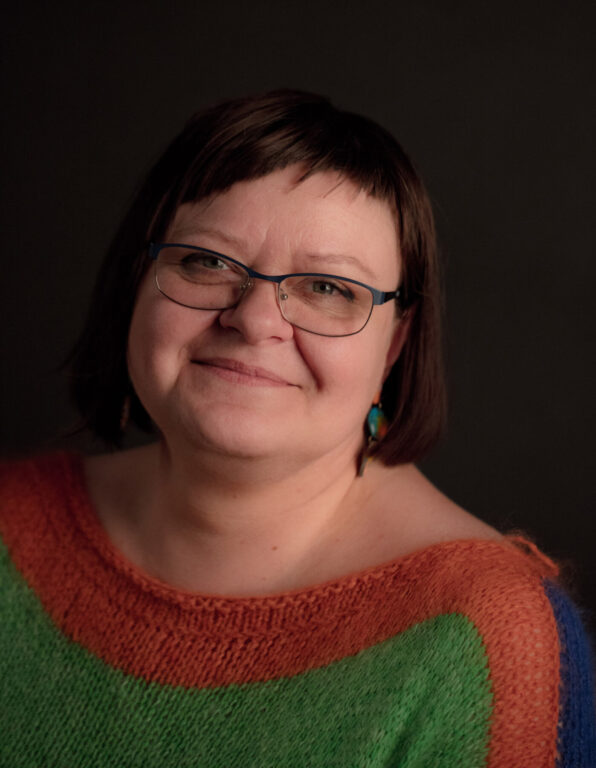
Anna Gręzak PhD
Katedra Bioarcheologii
e-mail:
abgrezak[at]uw.edu.pl
office hours:
vacation
research interests:
– archaeozoology
– economy of animals in the Middle Ages
– the role of animals in the rituals of prehistoric communites
– management of animals in the sites around Mediterranean (Egypt, Sicily and the Middle East)
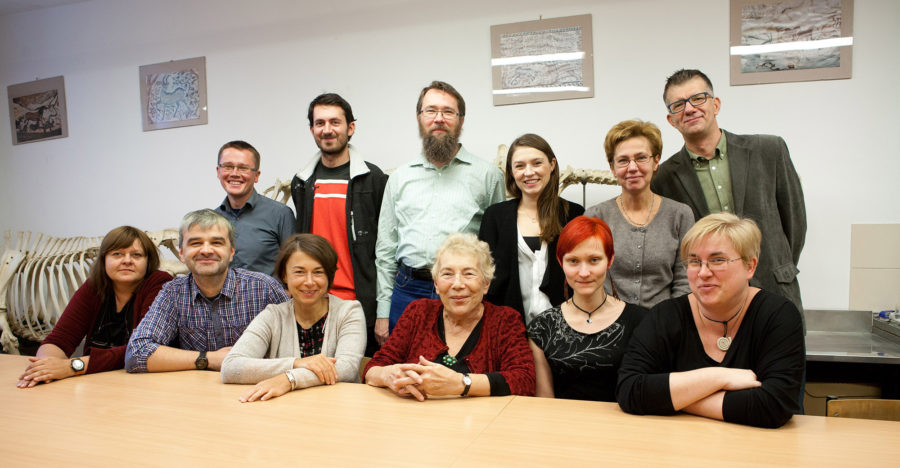
Address: 00-927 Warszawa, ul. Krakowskie Przedmieście 26/28, Szkoła Główna, tel. 55-22-837 (844), pok. 0.26, 0.28, 0.29
Head of department:
Dr. Anna Gręzak
Employees:
Prof. dr hab. Alicja Lasota – Moskalewska (prof. emeryt.)
dr Rafał Fetner
dr Elżbieta Jaskulska
dr hab. Joanna Piątkowska-Małecka
dr hab. prof. UW Arkadiusz Sołtysiak
dr Wiesław Więckowski
dr hab. Janusz Wołoszyn
Associates:
Dr Iwona Kozieradzka-Ogunmakin (Marie Skłodowska-Curie Research Fellow)
mgr Agata Bebel
PhD students:
mgr Monika Dzierlińska
mgr Kamil Niemczak
mgr Joanna Szymczak
mgr Aleksandra Grzegorska
At the Department of Bioarchaeology we conduct research and teach courses in archaeozoology, anthropology and archaeobotany. Bioarchaeology is an integral part of any archaeological research, especially helpful in the reconstruction of human and environmental relations throughout history. We conduct analyzes of animal, human and plant remains, reconstructing the economy, living conditions, diet, health or origin of animals, humans and plants, as well as the environment, trade, intercultural contacts and issues related to worship and religion. We work with many archaeological missions in Poland and abroad, in Europe, as well as in Asia, Africa and South America.
Journals:
Bioarchaeology of the Near East
Person conducting excavation: Marcin Białowarczuk PhD
Country: Sultanate of Oman
Site name: Qumayrah site 2
Type of the site: Settlement
Involved institutions:
Institute od Archaeology University of Warsaw Polish Centre of Mediterranean Archaeology University of Warsaw Ministry of Heritage and Culture, sultanate of Oman
Description of the research:
Traces of occupation of the Neolithic pastoralists groups, sesonally settled of highland and mountainous areas of northern Oman.
Project:
Omani-Polish Qumayrah Archaeological Project – PCMA University of Warsaw
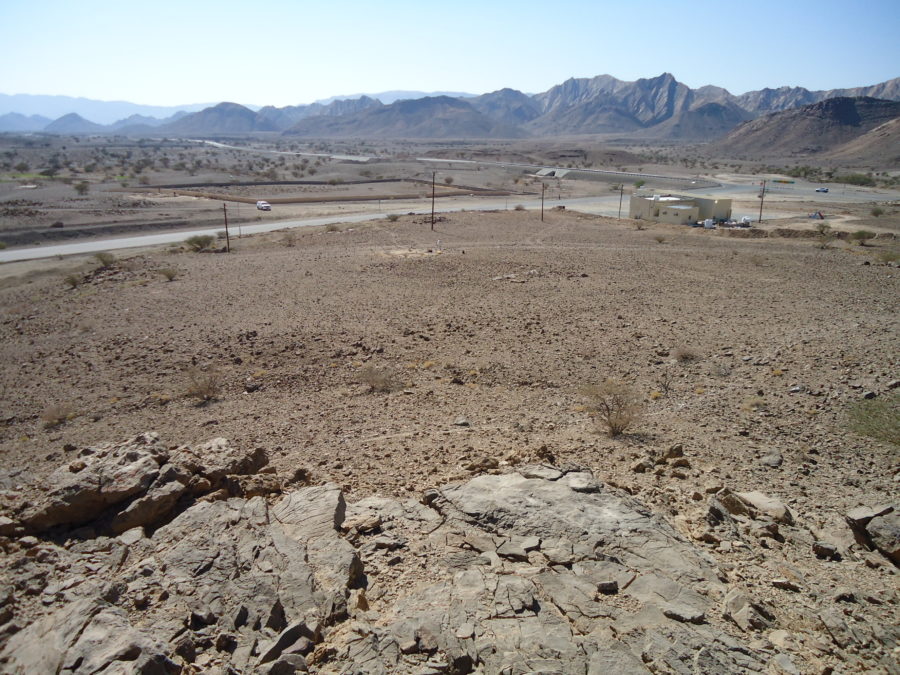
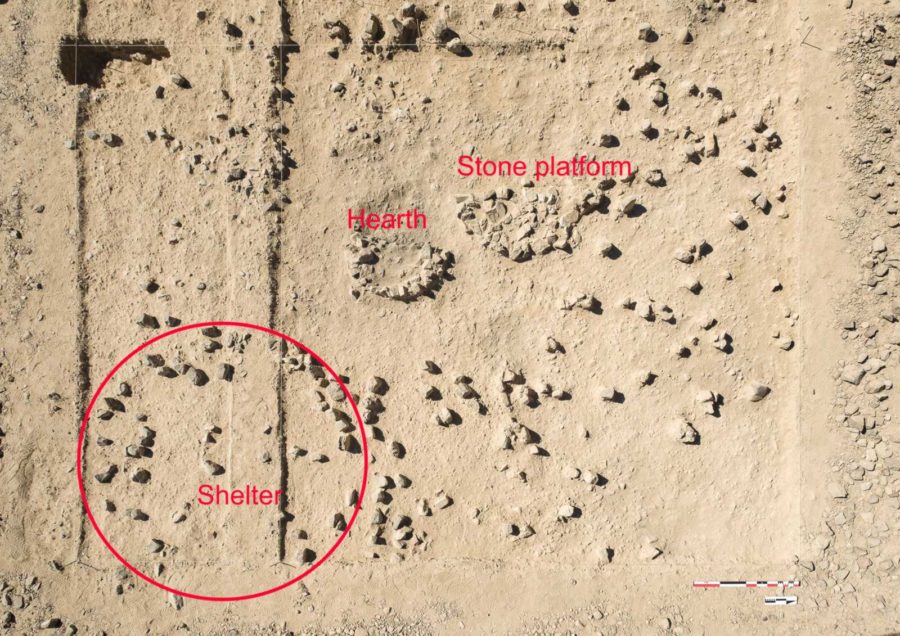
Person conducting excavation: dr hab. Witold Gumiński
Country: Poland
Site name: Szczepanki site 8, Warmian-Masurian Voivodeship
Involved institutions: Faculty of Archaeology, University of Warsaw
Type of the site: Stone Age peat-bog site of hunter-gatherers
Description of the research: Paleoenvironment, economy, settlement, burial practices and wooden, bone, amber, stone and flint artefacts, as well as pottery in following periods of the Stone Age – the Late Paleolithic, Mesolithic, Para-Neolithic (Zedmar culture) and the Late Neolithic.
Research project:
NCN Opus 20; nr 2020/39/B/HS3/02375, Absolute chronology of burials and loose human bones from the hunter-gatherer Stone Age sites Dudka and Szczepanki in Masuria (NE-Poland)
published results of the project:
– Bugajska, K. (2023). Purified by fire: Cremation burials in the Stone Age hunter-gatherer cemetery at Dudka, Masuria, northeast Poland. Documenta Praehistorica, 50, 110-135. https://doi.org/10.4312/dp.50.10
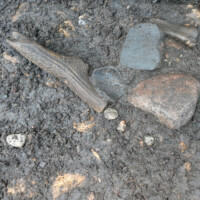
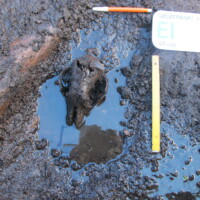
Person conducting excavation:
Prof. Piotr Bieliński, Agnieszka Pieńkowska PhD, Magdalena Nowakowska MA
Country: Kuwait
Site name: Failaka Island
Involved institutions:
Polish Center of Mediterranean Archaeology and National Council of Culture, Arts and Letter, State of Kuwait
Type of the site: Waterfront archaeology of Failaka Island
Description of the research:
The Polish – Kuwaiti project: “Waterfront and Underwater Archaeology of Kuwait. Archeorisk on the Coastal Zone around Failaka Island, Kuwait” is the first archaeological research project concerning underwater cultural heritage of Kuwait and Failaka Island. The aim of the project is to detect and describe remaining archaeological sites at the tidal area, as well as to provide documentary evidence and finally organise the proper preservation. During previous seasons many littoral constructions were reported. The result was stunning: 33 stone structures located, and most of them interpreted as fish traps – stone tidal weirs and remains of three harbours with breakwaters were also discovered.
Project:
“Waterfront and Underwater Archaeology of Kuwait. Archeorisk on the Coastal Zone around Failaka Island, Kuwait”
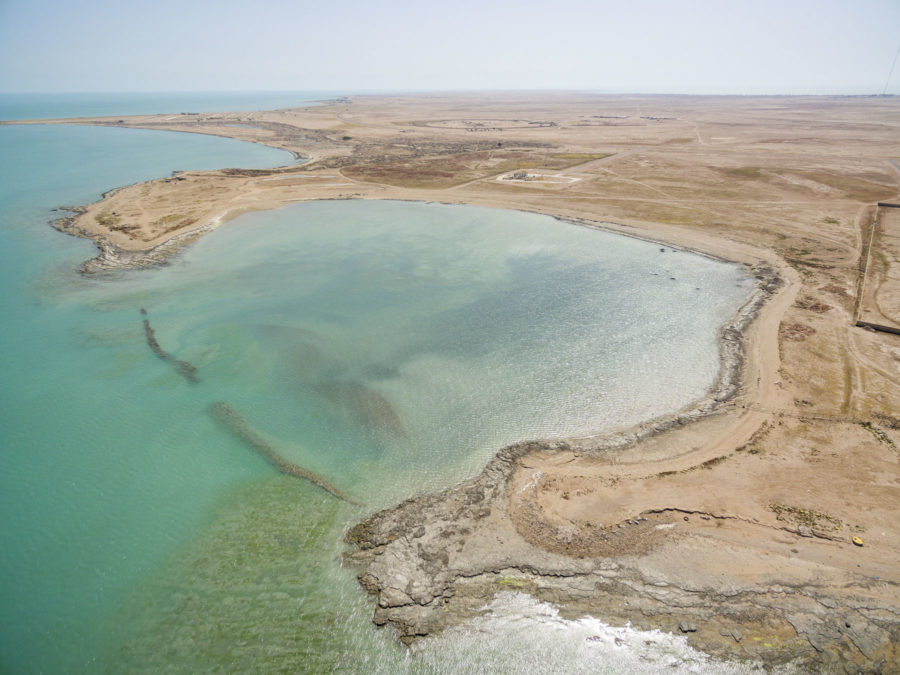
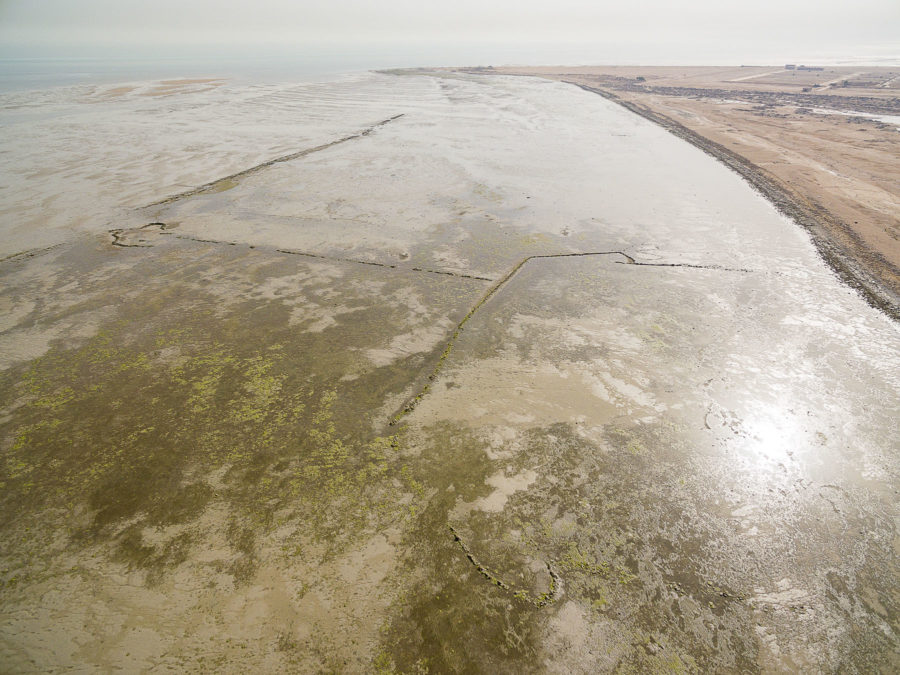
Person conducting excavation: Kamil Niemczak MA, mgr Iwona Lewoc MA
Country: Poland
Site name: Wólka Prusinowska
Type of the site: cemetery
Involved institutions:
Terra Desolata Foundation
Description of the research:
The cemetery in Wólka Prusinowska (Ger. Pruschinowen Wolka) is located on the north-eastern high bank of the Wielki Zyzdrój Lake. It was discovered at the end on the XIX century. During the modern excavations we discovered – among them – bronze bow brooch, disc brooches with wooden insert, bronze tweezers, iron buckle with trapezoidal frame. It is evidence of contacts Olsztyn Group with Avars. Apart from that we found several hundred fragments of pottery. Part of it was decorated.
More info: terradesolata.pl
Project/sources of financing:
Institute of Archaeology, Consultative Council for Students’ Scientific Movement of University of Warsaw, Universitatis Varsoviensis Foundation, University of Warsaw Foundation, Terra Desolata Foundation
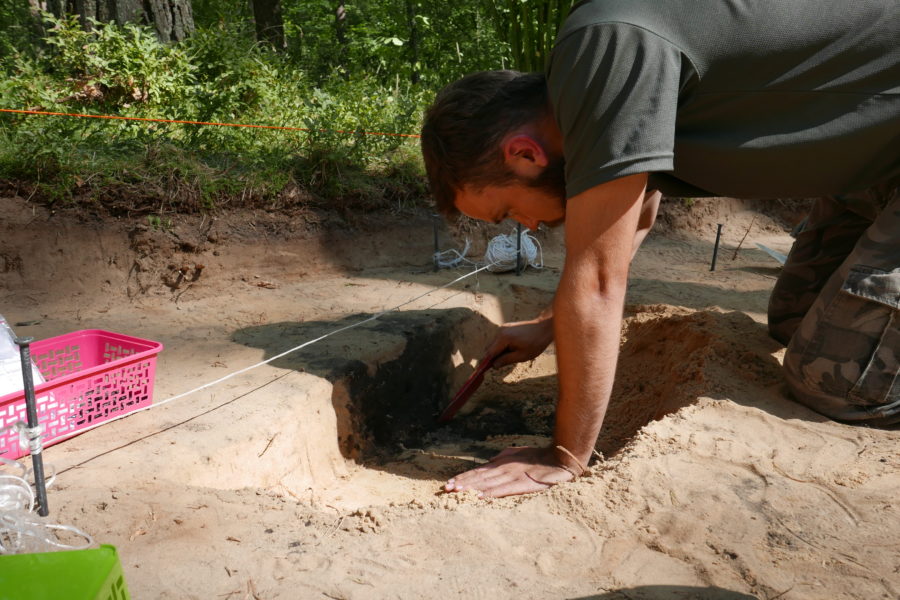
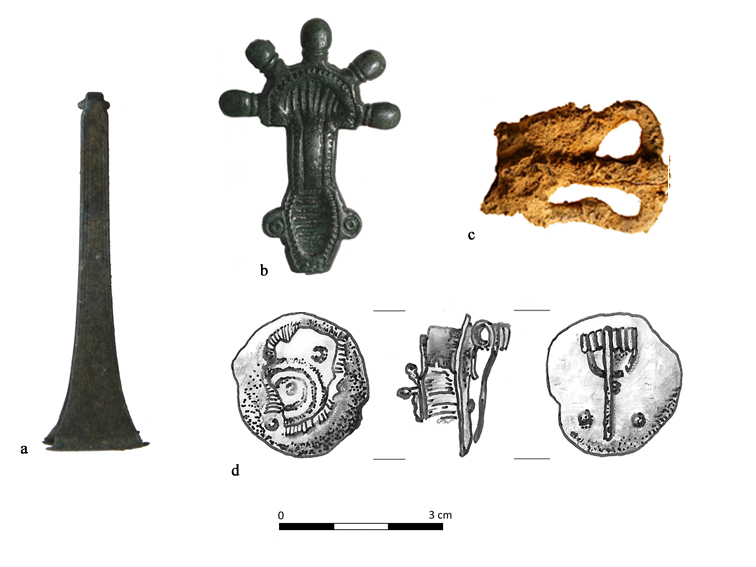
Person conducting excavation: Dariusz Błaszczyk PhD, dr Viacheslav PhD Skorokhod
Country: Ukraine
Site name: Shestovytsia
Type of the site: barrow early medieval cemetery
Involved institutions:
Institute of Archaeology, University of Warsaw; Centre of Archaeology and Ancient History, Taras Shevchenko Teachers’ Training University, Chernihiv
Description of the research:
Description of the research: Research is carried out at the barrow cemetery, which is part of the settlement complex from the early Middle Ages consisting of a stronghold and an adjacent settlement. The aim of the research is to investigate using modern methods (drone photos, 3D documentation, physicochemical analyses) of a selected part of the cemetery, determine its exact chronology, reconstruct the funeral rite and identify the socio-cultural affiliation of the people buried there
Project:
‘Shestovytsia – the barrow cemetery from the Viking Age period’. Research financed by the Institute of Archaeology University of Warsaw and Centre of Archaeology and Ancient History, Taras Shevchenko Teachers’ Training University, Chernihiv
